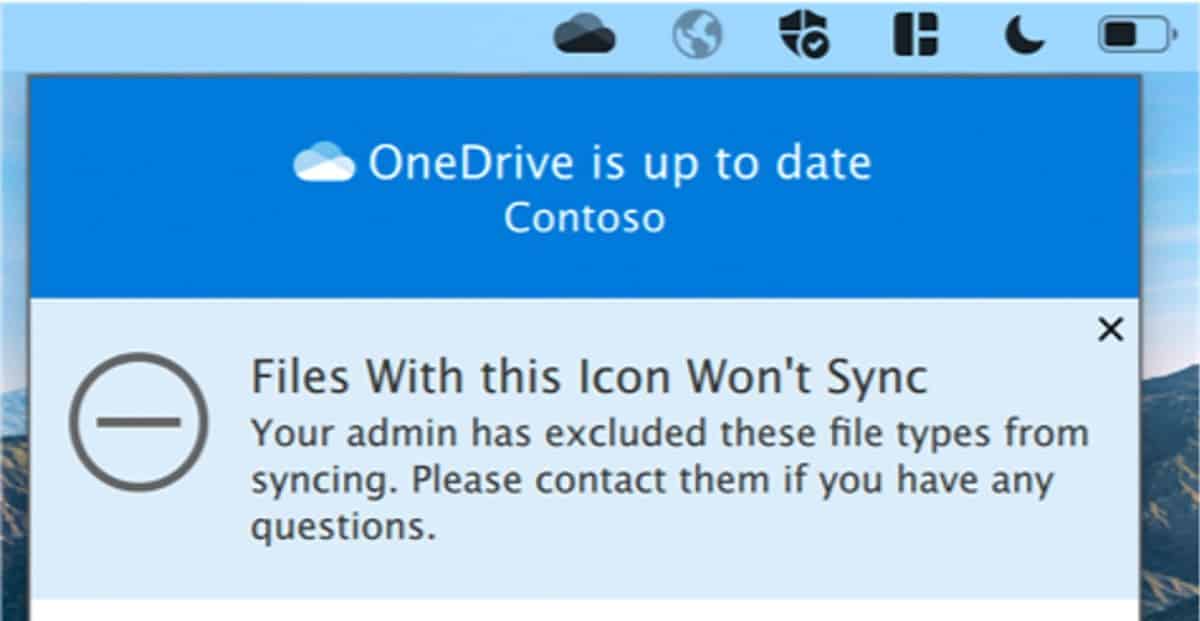

If there are many SharePoint libraries in the synchronization, the file explorer looks very fragmented for some users. Even if the synchronization is cancelled, it must be done on each device individually and the files are not deleted after the cancellation on the device.Įxception: files on demand, where only the file name is displayed, and which are only in the cloud, are removed immediately when the synchronization is cancelled.Īnother disadvantage is that renaming the root folder is not possible.
#ONEDRIVE NOT SYNCING MANUAL#
If the user has multiple devices, he must perform the manual synchronization multiple times if the administration does not provide a group policy. Unfortunately, there is still a bug in the filter for quite some time, which makes the filter thus unusable.

A filter can then be created manually by the user to hide folders. The group policy can also not implement a filter, so all or nothing. But the restrictions of the sync engine remain. What can always be done manually, can also be automated. For me, the question is always whether we always need all of these files on the client, but more on that later.
#ONEDRIVE NOT SYNCING WINDOWS#
Of course, a SharePoint Online library can fit 30 million documents, but the OneDrive Sync Client (OneDrive.exe) on Windows has a maximum limit of files ( 300000) that the Sync Client is able to synchronize. This is a common mistake when network drives are migrated to SharePoint Online. Because "marketing" data usually has nothing to do in the "finance" library. In organizations usually several SharePoint libraries are implemented. With the click the synchronization is started. This button only appears if you are in the root directory and no folder or file has been selected. In the browser you will see the link "Documents" on the left and after the click the Sync button appears in the upper menu. You change to a SharePoint library, where you of course also have access. Only applicable within an organization –ĭetails about synchronizing SharePoint libraries.Quickly created, only designated folder, then again resolution +.When the shortcut is dissolved, the data is deleted on all devices + +.Synchronization in all devices including mobile devices +.Only manual triggering of synchronization.Unsynchronization must be executed on every device –.Synchronization must be executed on every device –.If synchronization is cancelled, data remains on device –.Restriction by filter only conditionally possible, because faulty –.The group policy always affects the root directory, so it’s all or nothing –.Automatic triggering via group policy +.Manual triggering of synchronization by clicking on the Sync button +.In this article everything refers to OneDrive for Business and not to OneDrive Personal. There are advantages and disadvantages for both methods and significant differences. Currently there is the classic synchronization at SharePoint Online document libraries and the new possibility called " Add shortcut to my files".


 0 kommentar(er)
0 kommentar(er)
